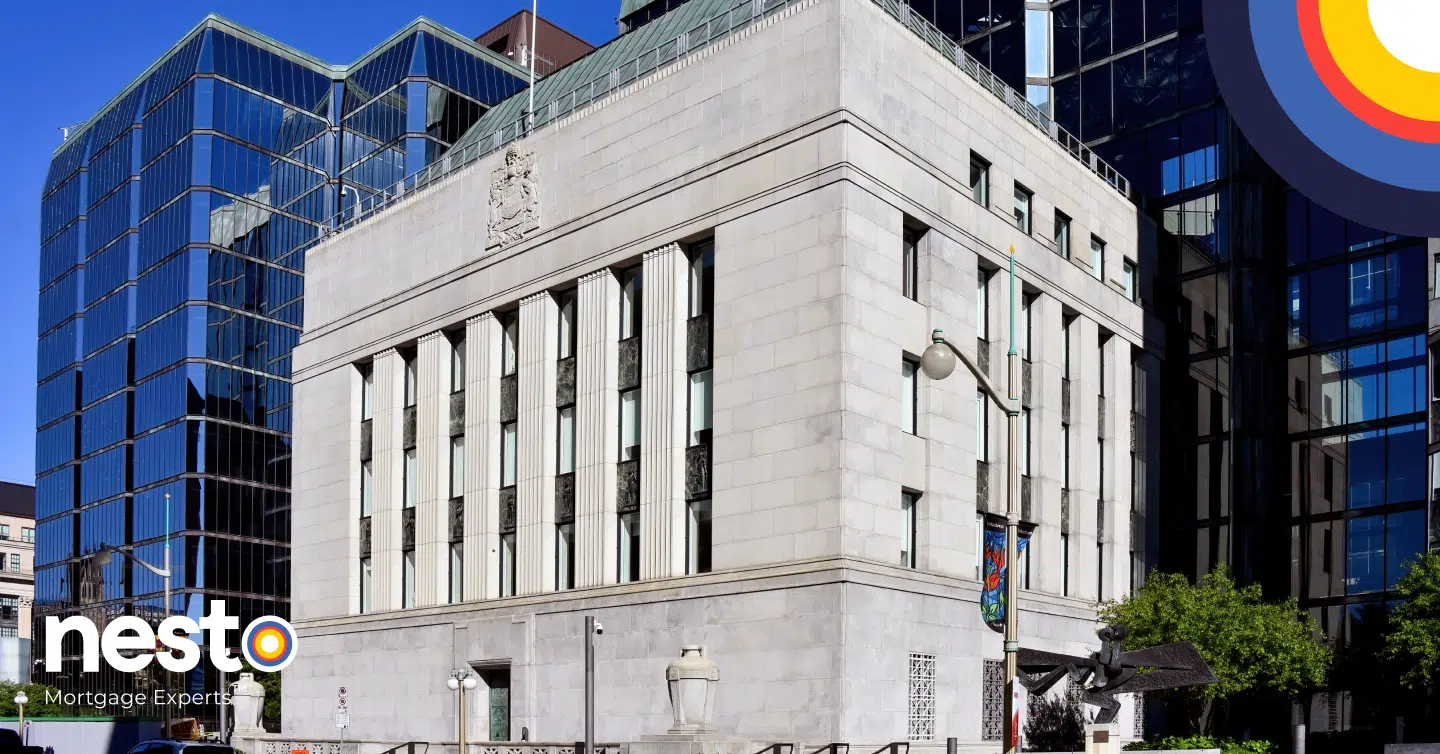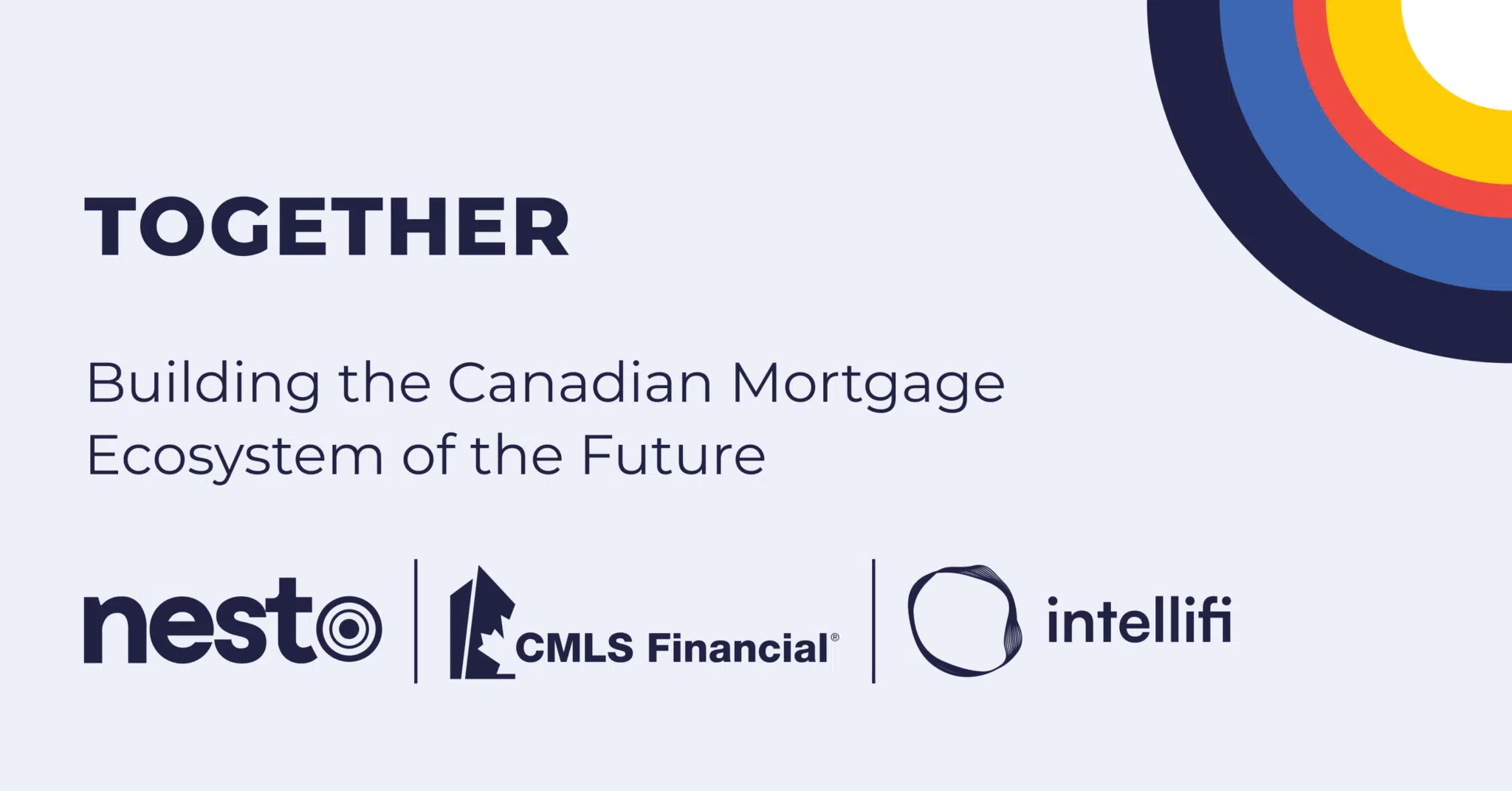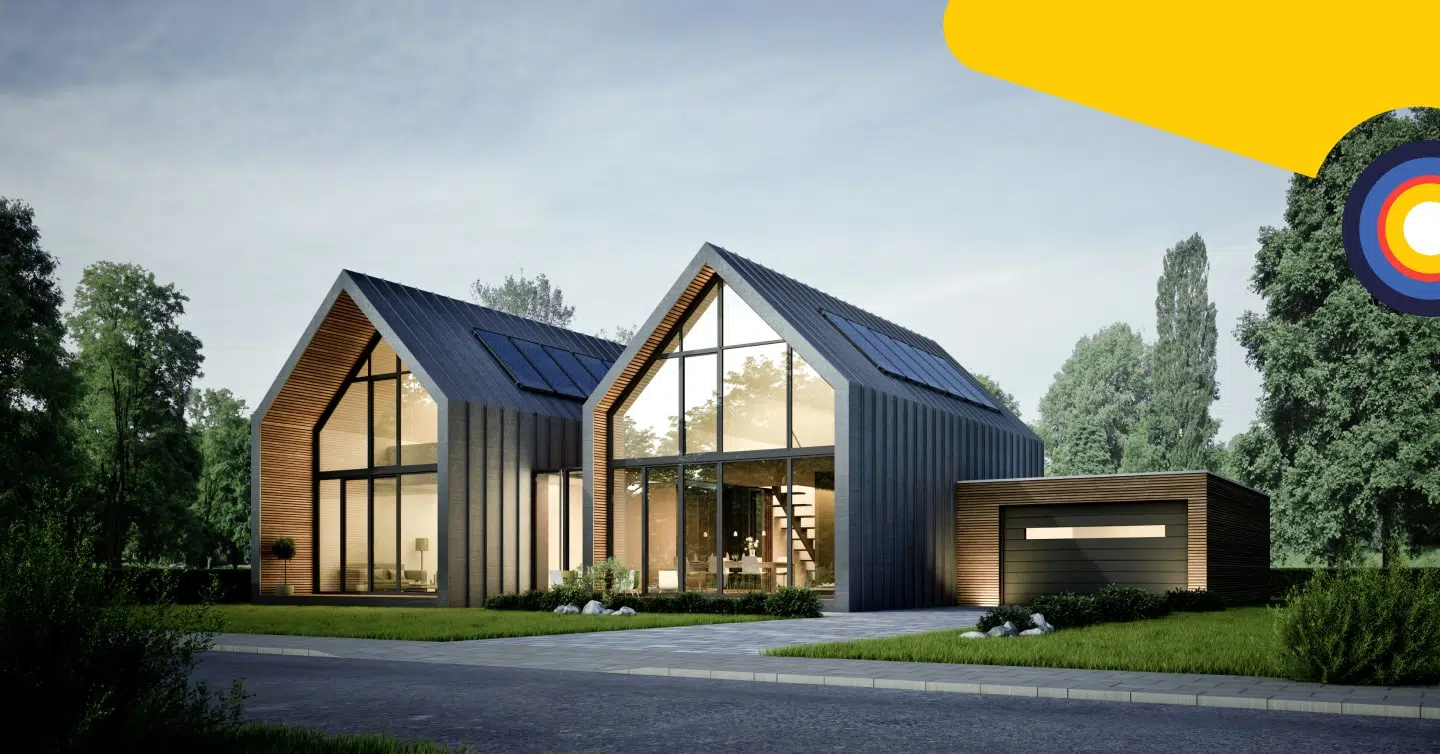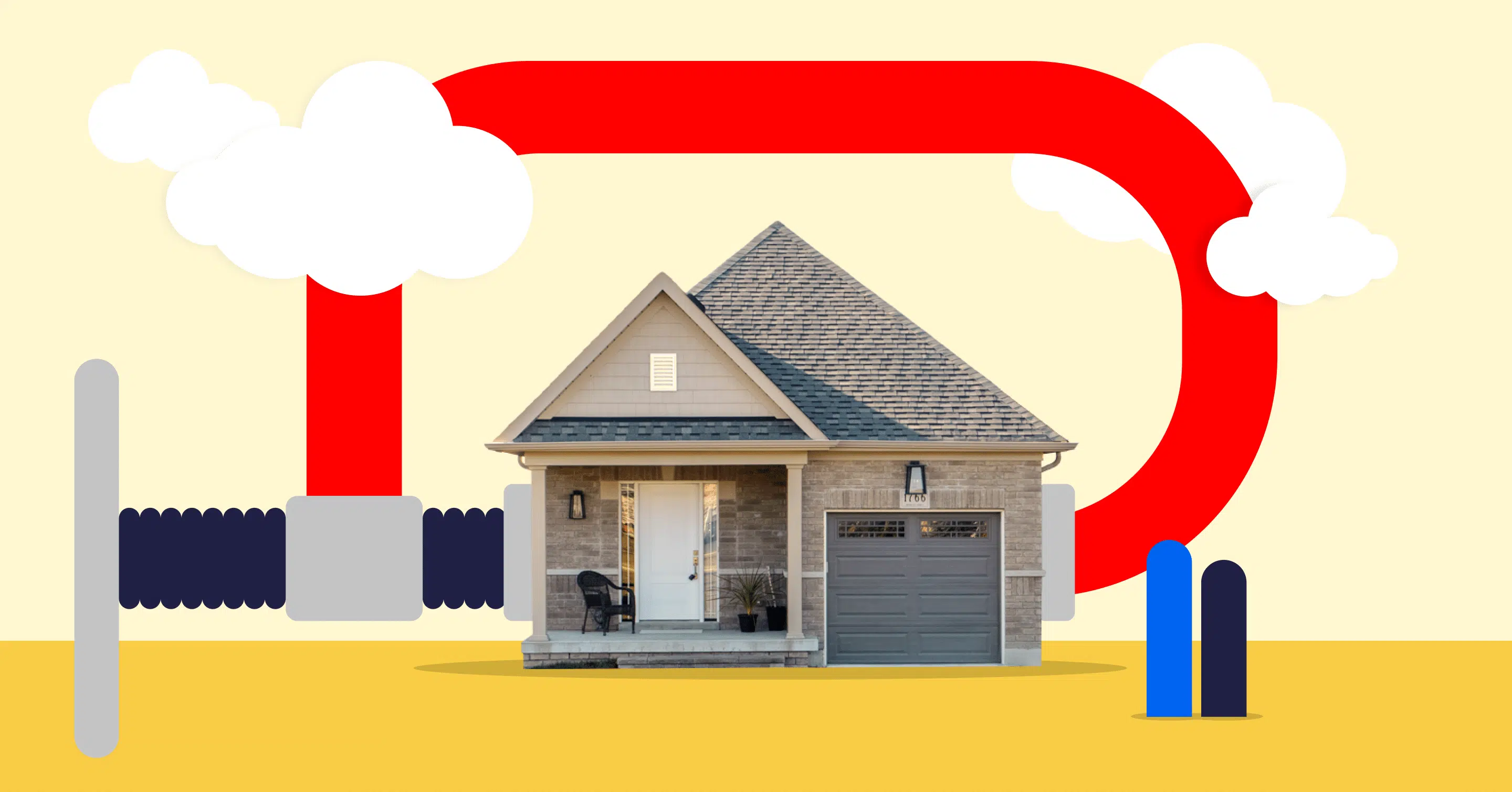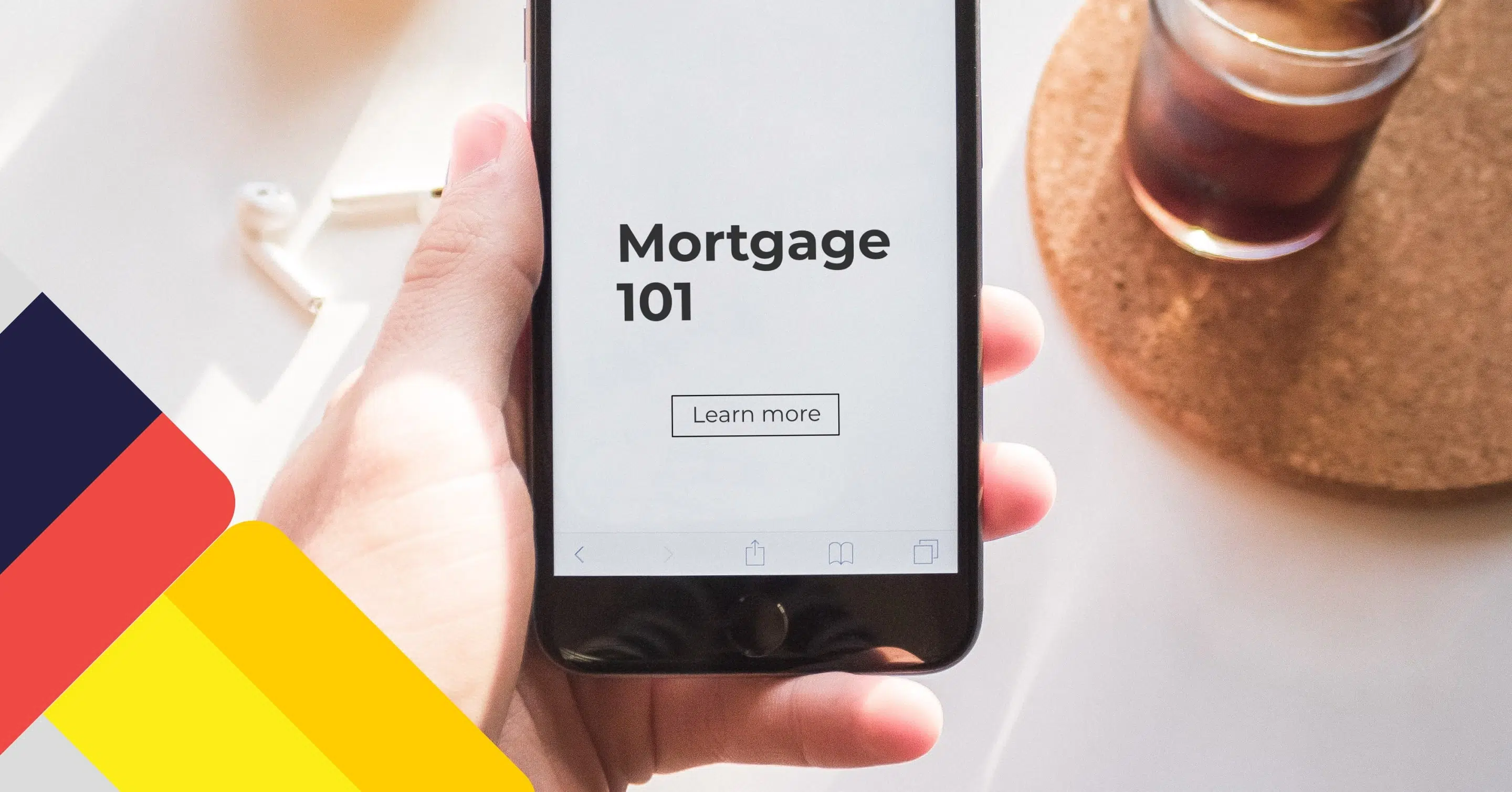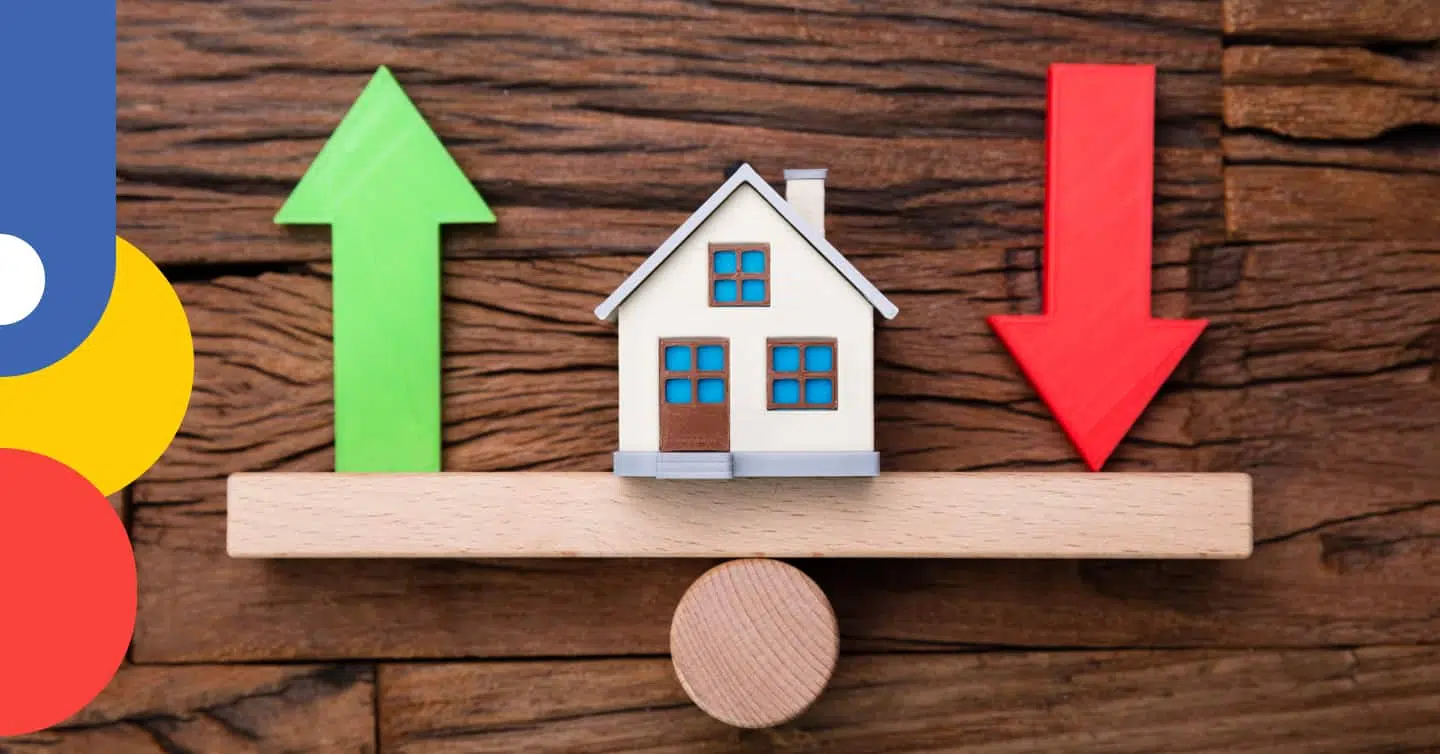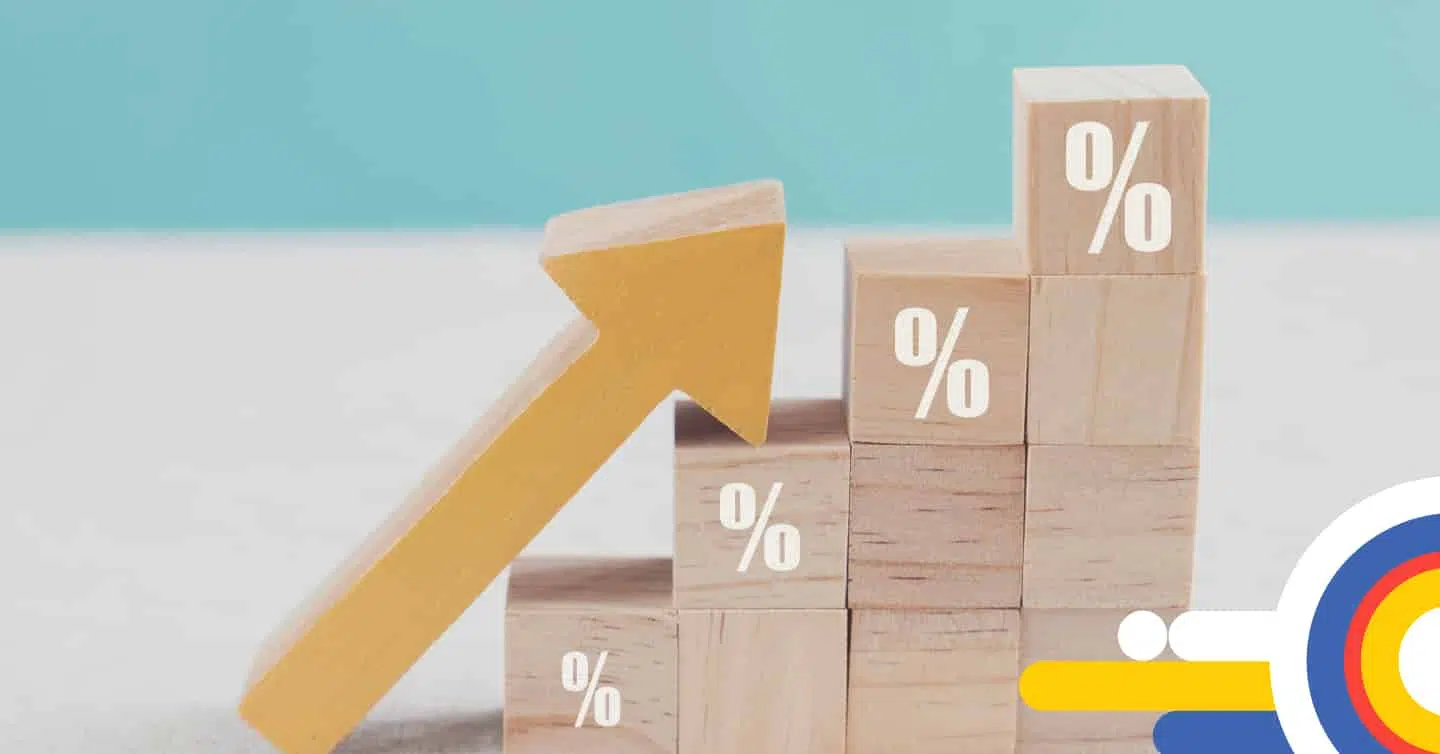How to Choose a Mortgage Rate

Table of contents
Choosing the right mortgage rate is one of the most important decisions that you’ll need to make multiple times during the life of your mortgage. The rate you select impacts more than just your monthly payments; it can determine your long-term interest-carrying costs, your ability to build equity, and influence your financial security.
Whether you’re buying your first home or renewing your mortgage, leaning toward a fixed or variable rate, understanding the trade-offs can help you decide which option works best for your budget and goals.
Key Takeaways
- Fixed rates provide predictable payments and protection if rates rise
- Variable rates could save you money if rates decline, but they come with some uncertainty.
- Your income stability, plans for the property, and comfort with risk are all important when choosing a mortgage rate.
What Is a Mortgage Rate?
A mortgage rate is the interest you’ll pay on the funds you borrow to finance your home purchase. Your mortgage interest rate determines the cost of borrowing over a period known as the mortgage term. Even a slight difference in interest rates can translate into thousands of dollars saved or spent over your mortgage term.
Rates are set by lenders but are influenced by either the Bank of Canada’s overnight rate, which serves as a benchmark for variable lending costs or bond yields with corresponding maturities for fixed rates. When the Bank of Canada makes announcements about its policy rate, it often triggers a chain reaction, indirectly affecting bond yields and directly affecting lender prime rates.
Economic indicators, such as inflation and employment data, along with lender competition and your personal credit profile, also influence the interest rates you’re offered.
Fixed vs Variable Rates: What’s the Difference?
One of the first decisions you’ll want to make when comparing mortgage rates is whether you prefer the security of a fixed rate or the potential savings of a variable rate. The best choice depends on how much certainty you want in your payments and your feelings about interest rate fluctuations.
How Fixed Rates Work
A fixed-rate mortgage locks in your interest rate for the term’s duration, which can range from as short as 6 months to as long as 10 years. During that period, your interest rate and monthly payment will remain unchanged, making it easier to budget and plan.
Fixed rates are typically based on Government of Canada bond yields of corresponding maturities, which reflect investors’ expectations for inflation and economic growth. When bond yields rise, lenders increase their fixed rates to maintain profitability.
If you prefer the predictability of knowing exactly what you’ll pay each month, a fixed rate is often a safer bet since it allows you to lock in the rate for the entire mortgage term, regardless of what happens to bond yields in the future.
How Variable Rates Work
Variable rates are tied to your lender’s prime rate, which moves in response to changes in the Bank of Canada’s policy rate. Unlike a fixed rate, your interest costs can fluctuate over the term of your mortgage.
There are 2 rate types for variable mortgages: Variable and Adjustable. However, lenders only offer one or the other, so it’s essential to understand which variable type your mortgage lender uses.
A variable-rate mortgage is where the payment amount remains the same, but the portion allocated to interest or principal fluctuates. An adjustable-rate mortgage is one where your payment amount changes in response to changes in the prime rate.
Beginning your home journey?
Start with a low rate.
Chat with a nesto expert today, commission-free, and secure your rate.
Mortgage Terms and Types
When choosing your mortgage rate, it’s also important to understand how various terms and mortgage types can impact your monthly payments, flexibility, and overall borrowing costs. These details can shape how long your rate is guaranteed, how easily you can make changes, and what penalties you might face if you pay off your mortgage early.
Term Length
A mortgage term refers to the length of time your agreement with your lender is in effect, typically ranging from 6 months to 10 years. During this period, your terms and conditions are locked in.
Most Canadians opt for a 5-year term, as it strikes a balance between rate stability and flexibility to renew or switch lenders without a lengthy commitment. Shorter terms, such as 1 to 3 years, can help you save in the long term, especially if you expect rates to fall in the near future.
When choosing a mortgage term, consider your plans. If you expect to move or refinance within a couple of years, a shorter term may be preferable to avoid costly prepayment penalties for breaking your mortgage early in the term. If you don’t expect any significant changes to your living situation or prefer to set your payments and not worry about changes for a longer stretch, a longer term could be worth considering.
Open or Closed
Another key choice is whether you require an open or closed mortgage. Choosing between open and closed largely depends on how likely you are to make significant extra payments or break the mortgage before the term ends. If you value lower rates and plan to stay in your home, a closed mortgage is usually the better fit. If flexibility is your priority, an open mortgage gives you room to manoeuvre.
An open mortgage allows you to pay off part or all of your loan at any time without penalties. This flexibility is ideal if you plan to sell your home soon, expect to receive a large lump sum (like an inheritance), or simply want the freedom to pay down your balance quickly. The downside is that open mortgages usually carry higher interest rates compared to closed options.
A closed mortgage is more common and typically comes with a lower rate, but limits how much extra you can pay each year. Most closed mortgages allow you to make prepayments up to a certain percentage, often 10% to 20% of the original loan, without penalties. If you exceed those limits or pay off the mortgage early, you’ll face prepayment penalties.
Factors to Consider When Choosing Your Rate
Picking a rate isn’t just about chasing the lowest number. It’s about finding the right fit for your situation. When considering your mortgage options, it’s helpful to think about your lifestyle, income, and both short-term and long-term plans. Consider how stable your income is, how much wiggle room you have in your monthly budget, and whether you’re likely to move or refinance during your next mortgage term.
Income Stability and Budgeting
If your income is steady and you have sufficient room in your budget to handle potential interest rate increases, a variable rate could be a smart way to save on interest. If you work in a secure field and have a strong emergency fund, you may feel comfortable with some fluctuations in your payment.
On the other hand, if your income varies or you prefer absolute certainty in your payments, a fixed rate may be worth the higher initial cost. This is often the case for first-time buyers who need predictable expenses during the first few years of homeownership.
Plans to Move or Refinance
Your future plans can significantly impact which mortgage product makes the most sense. If you think there’s a chance you’ll move, sell your home, or refinance to access equity before your mortgage term ends, you’ll want to pay close attention to prepayment penalties and mortgage flexibility.
Ultimately, being realistic about how long you plan to stay in your home or how soon you might need to adjust your financing can help you avoid unnecessary costs and keep more of your money working for you.
Fixed mortgages typically come with higher penalties if you break the term early. These costs are often calculated using the interest rate differential (IRD), which can result in thousands of dollars in unexpected costs. Variable mortgages typically have a lower penalty, equal to just 3 months’ interest, which can make it more cost-effective to exit the mortgage early.
If you’re planning to upsize, downsize, or tap into home equity for renovations or debt consolidation, consider whether your mortgage allows for early repayment, portability, or blending and extending your rate. Even if your plans aren’t firm, choosing a more flexible mortgage now can save you money and stress down the road if life changes unexpectedly.
Frequently Asked Questions (FAQ) About Choosing a Mortgage Rate in Canada
Can I switch from a variable to a fixed rate?
Most lenders allow you to convert your variable-rate mortgage to a fixed rate during your term. Keep in mind that you’ll be offered the fixed rate available on the day you switch, which could be higher than what you’d get if you lock into a fixed rate at the start.
What happens if I break my mortgage early?
Breaking a fixed-rate mortgage typically involves paying the greater of 3 months’ interest or an interest rate differential (IRD), which can be substantial. Variable-rate mortgages typically carry a smaller penalty of just 3 months’ interest.
Should first-time buyers pick a fixed or variable rate?
Many first-time buyers prefer fixed rates because they’re simpler to budget for and provide peace of mind and stability. It’s recommended that first-time buyers choose a fixed rate for their first term, allowing them to get accustomed to the often higher payments associated with having a mortgage, as well as other ongoing costs. At renewal, first-time buyers can reassess their finances and comfort with risk and consider a variable rate if it aligns with their situation.
Final Thoughts
Choosing the right mortgage rate is about more than just today’s numbers; it’s about how your mortgage fits into your life. Whether you value payment stability or want to maximize savings if rates drop, choosing a mortgage rate depends on your financial goals, comfort with risk, and long-term plans.
Ready to explore the most suitable options for your mortgage strategy? Connect with a nesto mortgage expert today for guidance that’s personalized, transparent, and designed to help you choose a mortgage rate, whether you’re buying your first home, renewing, or refinancing.
Ready to get started?
In just a few clicks, you can see our current rates. Then apply for your mortgage online in minutes!


